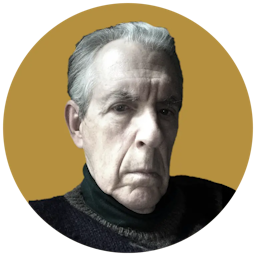There’s Hollywood — And Then There’s ‘Hollywood’
Here’s the odd thing: A novel about Hayworth, Welles, and the ambiance of 1940s Hollywood has an authenticity that even a fine biography of Keaton cannot quite equal.

‘Big Red: A Novel Starring Rita Hayworth and Orson Welles’
By Jerome Charyn
Liveright, 304 pages
Please check your email.
A verification code has been sent to
Didn't get a code? Click to resend.
To continue reading, please select:
Enter your email to read for FREE
Get 1 FREE article
Join the Sun for a PENNY A DAY
$0.01/day for 60 days
Cancel anytime
100% ad free experience
Unlimited article and commenting access
Full annual dues ($120) billed after 60 days

